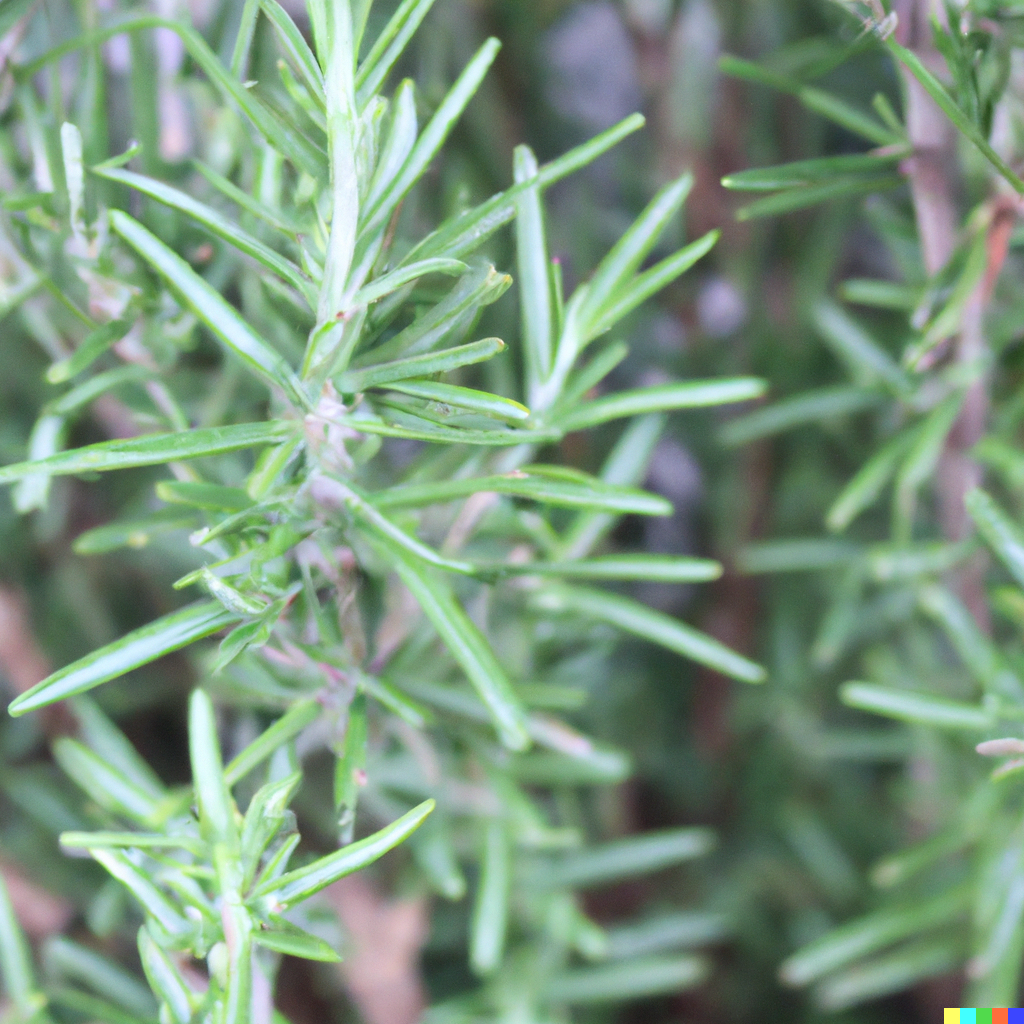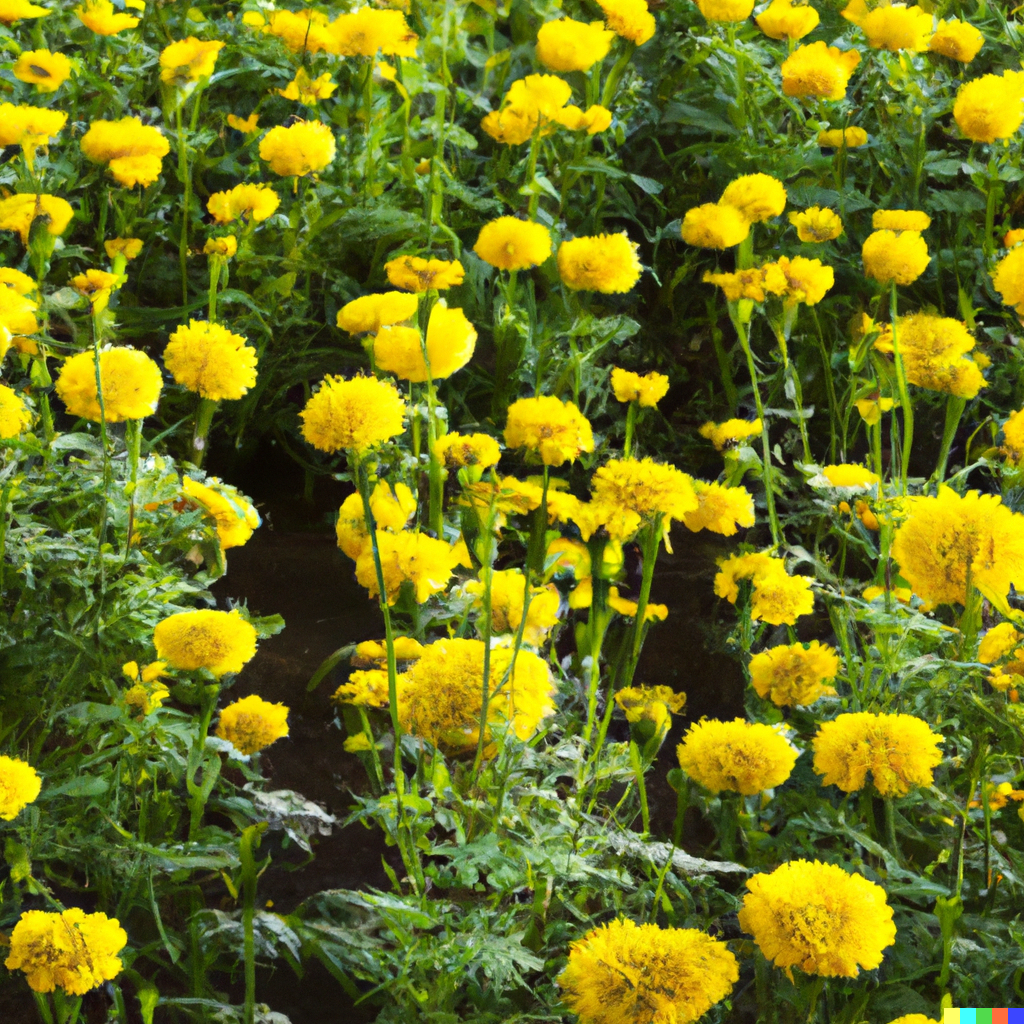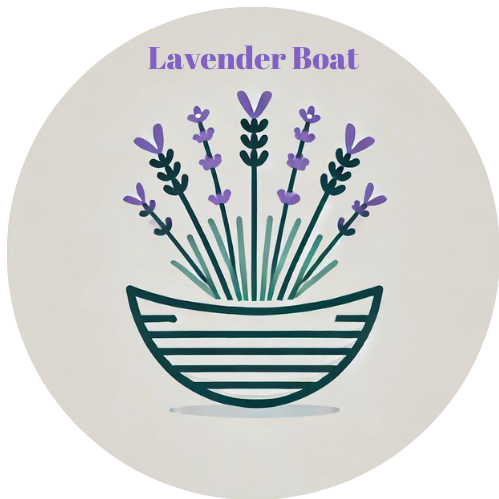Great lavender companion plants include rosemary, thyme, sage, and catmint. Flowers like sunflowers, daisies, and bee balm also thrive when paired with lavender.
Listen to this guide …
or read on …
Plant Partners: Discovering the Best Companion Plantings for Lavender
While lovely on its own, interplanting complementary companion plants around lavender boosts garden biodiversity, scent, bloom duration and natural pest resistance. Strategic plant pairings improve pollination, promote healthy soil, and protect your aromatic bounty. Beyond visual appeal, the right botanical neighbours enhance your lavender’s growth and keep pests at bay.
Follow this guide to discover the herbs, flowers, vegetables, and other plants that thrive when partnered with lavender. We’ll explore varietal pairings to balance heights and growth habits. You’ll find nature’s specialised relationships create mutual benefits for both plants. With biodiverse combinations, your lavender and companion plants will see improved vigour, yields and aromatic intensity in an ecological growing environment.
Get ready to let symbiotic plant friends amplify your garden’s beauty and abundance.
Herbs as Companions
Many culinary herbs share lavender’s preference for well-drained alkaline soil and sunlight:

Rosemary – Taller habit complements shorter lavender varieties.
- Thyme – Lovely spilling over lavender edges.
- Oregano – Similar growing needs and pests.
- Sage – Pretty contrasting silver foliage.
- Hyssop – Attracts beneficial pollinators.
- Catmint – Provides weed suppression.
- Chamomile – Soft blooms, and repels pests.
Underplant lavender hedges and rows with mint, parsley, garlic chives or other herbs. Choose compact mounding herbs to scatter around the base of taller lavender cultivars.
Flowers that Complement Lavender
Many flowers enhance lavender plantings through coordinated colours and blooming seasons:
- Roses – Repeat purple and pink hues.
- Sunflowers – Cheerful yellow contrasts.
- Russian sage – Harmonising colours and texture.
- Poppies – Early blooms before lavender.
- Asters – Extend floral season into fall.
- Bee balm – Attracts pollinators.
- Baby’s breath – Airy filler flower.
- Daisies – Classic informal cottage pairing.
- Verbena – Trailing habits and drought tolerance.
Group shorter flowers around lavender’s base, use tall backdrops like sunflowers, or fill gaps with airy poppies and asters.
Vegetables and Lavender Plant Partners
Vegetable pairings for improved growth include:
- Carrots & onions – Mask lavender scent deters pests.
- Beets – Few shared pests, compatible soils.
- Radishes – Fast-growing breakup and aerate soil.
- Brassicas like kale – Repel aphids.
- Beans & peas – Add nitrogen to the soil.
- Tomato – Improves growth and oil production.
- Summer squash – Protect from squash borers.
- Salad greens – Protect from cabbage worms.
- Garlic & chives – Deter aphids and weevils.
Interplant vegetables around lavender beds, along edges, or scattered through informal cottage-style layouts.
Beneficial Insect-Attracting Companions
To welcome pollinators, try:
- Yarrow – Flat flower heads are landing pads for butterflies. Marigolds – Nectar-rich to attract bees.
- Zinnias – Prolific nectar keeps pollinators coming.
- Hyssop – Tubular flowers favoured by hummingbirds and bees.
- Calendula – Bright, nectar-filled blooms.
- Echinacea – Butterfly and bee magnet with periods of bloom.
- Lemon balm – Prolific flowers bees love.
- Cosmos – Prolific blooms late into the season.
Ensuring pollinator-friendly plants are available spring through fall provides habitat for beneficial insects that improve garden health.
Plants that Repel Pests
Some plants naturally deter certain pests harmful to lavender:

- Petunias – Repel asparagus beetles and leafhoppers.
- Garlic & chives – Deter aphids, slugs, and cabbage worms.
- Marigolds – Exude root compounds that repel nematodes.
- Chamomile – Repels flying insects.
- Mint – Repels rodents and flea beetles.
- Dill – Deters spider mites and aphids.
- Basil – Oils deter hornworms and whiteflies.
- Nasturtiums – Trap bugs that damage brassicas and tomatoes.
Smart companion planting allows you to control pests without chemicals through interplanting pest-fighting plants.
Companions for Improved Growth
Some plants improve soil health and lavender growth when planted together:
- Borage – Helps lavender resist disease and pests. Its deep roots accumulate nutrients.
- Horseradish – Dynamic accumulator draws calcium and nutrients from subsoil.
- Fennel – Adapts to poor soils. Accumulates potassium and phosphorous.
- Chicory – Loosens compacted soil. Hosts nitrogen-fixing bacteria.
- Legumes like peas and beans – Fix nitrogen levels.
- Buckwheat – Fast growing, builds organic matter, traps phosphorus.
Choose companions that enrich soil nutrients, attract beneficial fungi, fix nitrogen, and help break up or aerate heavy soils.
Best Compact Variety Pairings
When working in smaller spaces, choose compact lavender varieties to companion plants with:
- Thyme
- Chamomile
- Creeping rosemary
- Dwarf catmint
- Petite marigolds like Lulu
- Mini zinnias and sunflowers
- Dwarf dahlias and asters
- Low edibles like lettuce, radish, herbs
Look for dwarf, miniature or prostrate/groundcover companion plants suited for tighter spaces. For containers, opt for a thriller/spiller/filler combination with lavender as the thriller. Select plants with similar light and watering needs.
Get creative by combining lavender with its new best friends. Soon you’ll enjoy a thriving ecosystem in symbiosis.
Conclusion
Much like nurturing relationships between treasured friends, introducing lavender to companion plants that enhance each other’s growth cultivates an environment of mutual nourishment and protection. Beyond visual appeal, the right plant partners improve pollination, deter pests, and enrich the soil when strategically combined. Before planting, understand the strengths each variety lends and how they form an ecological alliance mimicking balance in nature.
While lavender’s needs limit some pairings, a diverse palette of herbs, flowers, edibles, and soil-enhancing plants can thrive alongside it. Reflect on your garden’s conditions and needs. Will bee-attracting blooms extend floral seasons? Might nitrogen-fixing beans amplify harvests? Could petite marigolds repel destructive insects? Thoughtfully match plants’ individual benefits to create symbiotic lavender communities unique to you. Soon, not a space will be wasted but intentionally filled with life-benefiting life.
Fostering a harmonious garden ecosystem goes beyond aesthetics; it’s about harnessing the power of nature’s partnerships. By strategically interplanting lavender with companion plants, you unlock a world of benefits that extend far beyond the surface. These pairings contribute to the resilience of your garden, fostering an environment where plants support each other in a delicate dance of balance and abundance.
Consider the unique microclimates in your garden and how each plant can play a role in this intricate web of life. With careful selection and thoughtful planning, your lavender and its companions will not only thrive but also create a sustainable and thriving ecosystem that celebrates the beauty of nature’s interconnectedness.






